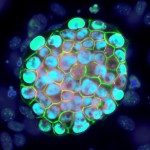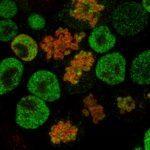Link to HAL – hal-04418812
Link to DOI – 10.1101/2024.01.12.575368
2024
SCHLAFEN proteins are a large family of RNase-related enzymes carrying essential immune and developmental functions. Despite these important roles, Schlafen genes display varying degrees of evolutionary conservation in mammals. While this appears to influence their molecular activities, a detailed understanding of these evolutionary innovations is still lacking. Here, we used in depth phylogenomic approaches to characterize the evolutionary trajectories and selective forces shaping mammalian Schlafen genes. We traced lineage-specific Schlafen amplifications and found that recent duplicates evolved under distinct selective forces, supporting repeated sub-functionalization cycles. Codon-level natural selection analyses in primates and rodents, identified recurrent positive selection over Schlafen protein domains engaged in viral interactions. Combining crystal structures with machine learning predictions, we discovered a novel class of rapidly evolving residues enriched at the contact interface of SCHLAFEN protein dimers. Our results suggest that inter Schlafen compatibilities are under strong selective pressures and are likely to impact their molecular functions. We posit that cycles of genetic conflicts with pathogens and between paralogs drove Schlafens’ recurrent evolutionary innovations in mammals.


